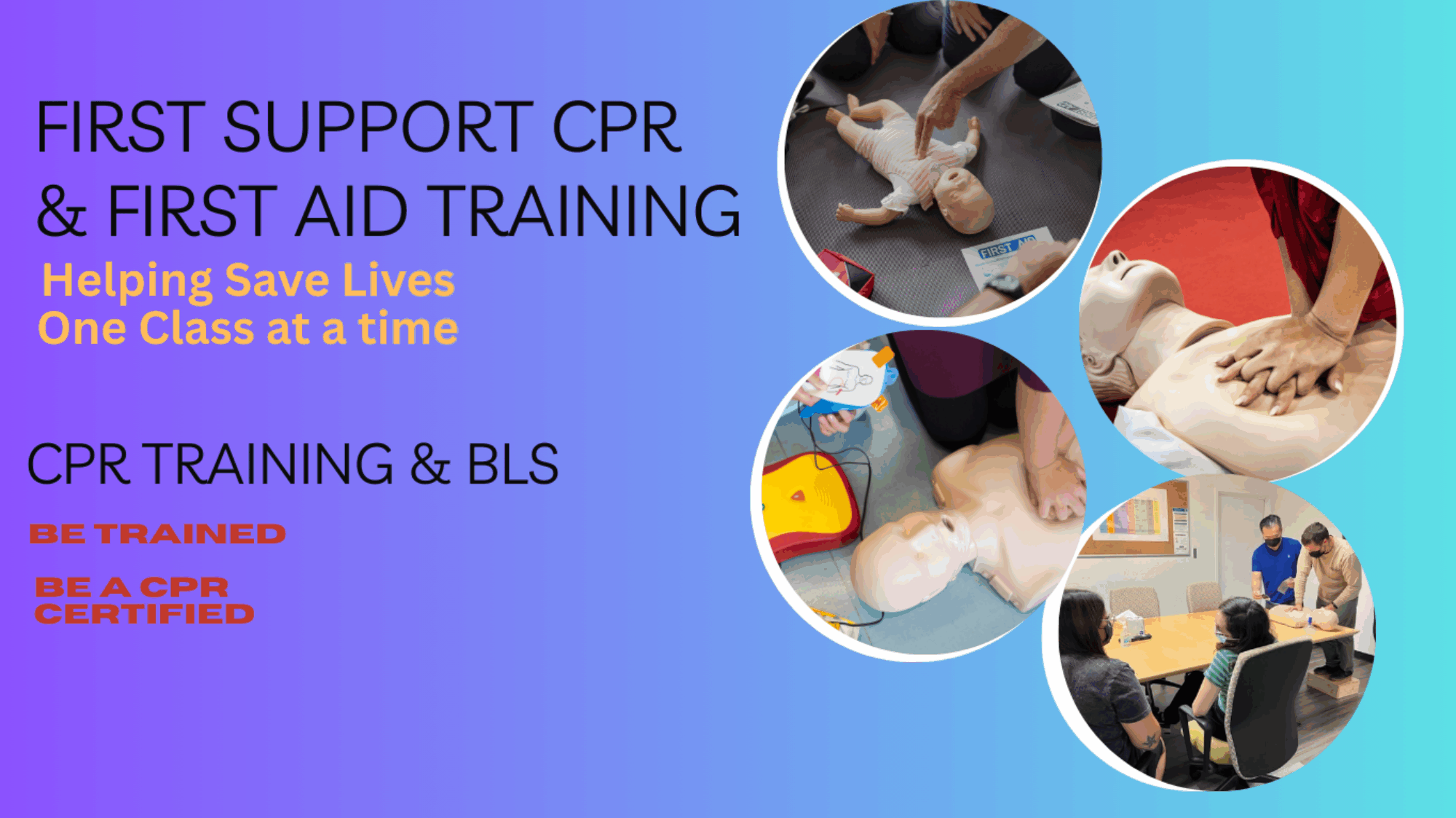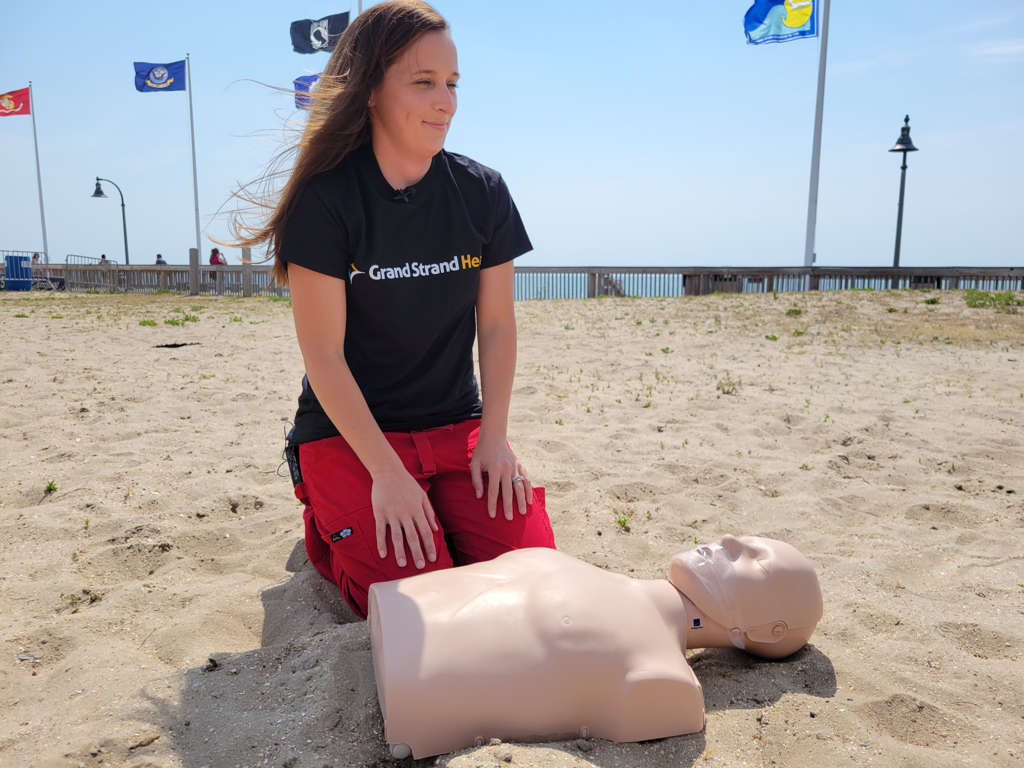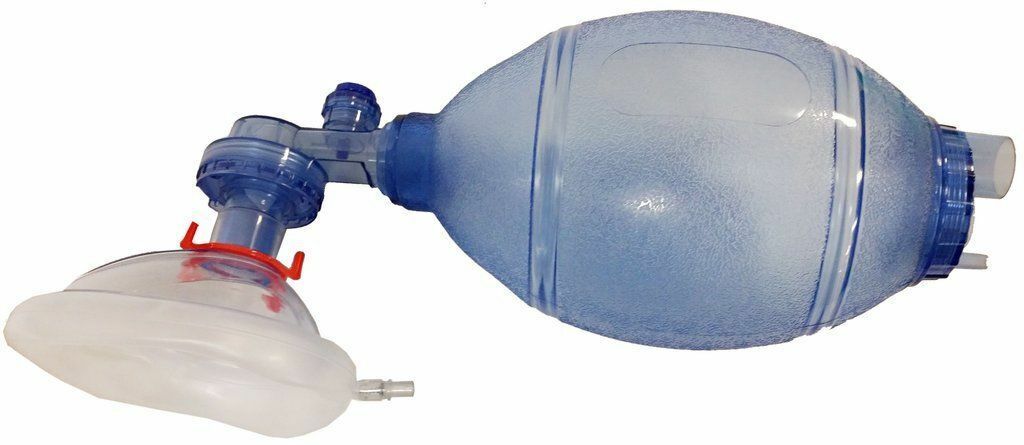Choosing CPR Courses Guide for first timer or renewal of your CPR courses. Sometimes we forget or don’t know what specific CPR course that fit’s with our daily job. Some person’s make a mistake during the booking process. They book for a wrong CPR courses and purchase a wrong online course and ended up in rescheduling because they need to get the correct online course that fits with their needs. It’s a waste of time and money for the students.

Here’s a list of courses that First Support CPR and First Aid Training offers and who should take the course.
BLS (Basic Life Support) Provider – nurses, nursing students, doctors, physical therapists, EMTs, paramedics, firefighters, dentists (receive CE credits) or anyone in the medical or healthcare field.
First Aid, CPR AED and First Aid CPR AED – courses are for parents, nannies, babysitters (over 10 yrs old), coaches, personal trainers (ACE, ACSM), maritime personnel, foster care, social workers, camp counselors, construction workers, & office workers.
Pediatric First Aid CPR AED – course are for child care providers who need EMSA certification as part of Title 22/AB243. State law requires child care providers to take this course once every two years. EMSA license 0204-DC.
First Support CPR and First Aid Training is an official American Heart Association training center. Classes can also be provided on site for businesses and schools. For inquiries you can call us at (408) 475-7724 or email info@firstsupportcpr.com


